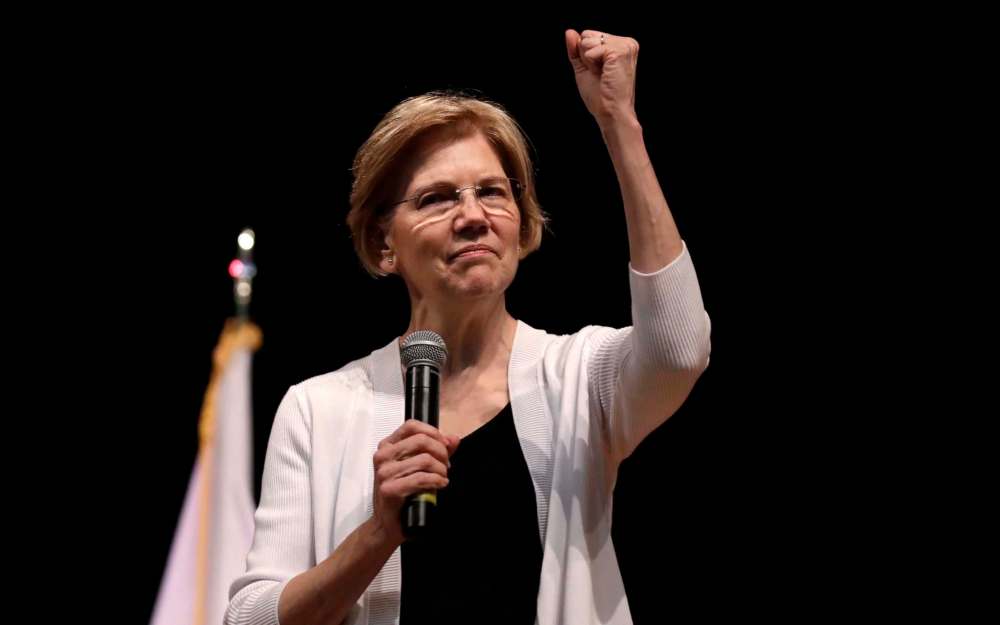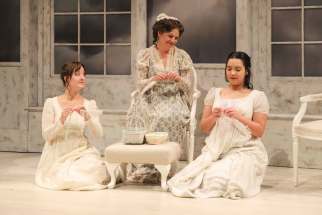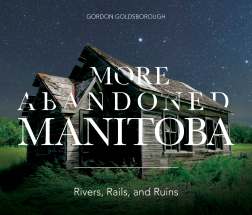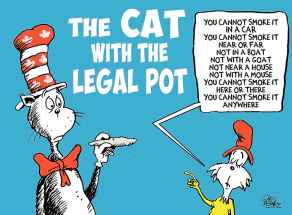Indigenous identity more than DNA
Read this article for free:
or
Already have an account? Log in here »
To continue reading, please subscribe:
Monthly Digital Subscription
$19 $0 for the first 4 weeks*
- Enjoy unlimited reading on winnipegfreepress.com
- Read the E-Edition, our digital replica newspaper
- Access News Break, our award-winning app
- Play interactive puzzles
*No charge for 4 weeks then billed as $19 every four weeks (new subscribers and qualified returning subscribers only). Cancel anytime.
Read unlimited articles for free today:
or
Already have an account? Log in here »
Hey there, time traveller!
This article was published 18/10/2018 (2007 days ago), so information in it may no longer be current.
It’s Halloween.
The time when people dress up and trick or treat.
The time when people play someone or something they’re not while performing an identity, a desire, or a fantasy.
For a time, it’s fun. I dressed up as Forrest Gump once. The problem was reality: I don’t run.
Arguably, one of the most popular costumes of all time is an “Indian.”
Even while activists decry their offensiveness, “Indian” costumes are still popular. I found “Pocahottie” and “Savage Warrior” on store shelves this week.
“Playing Indian” is not just a Halloween thing – pageants, sports teams and New Agers come to mind – but it’s been around my entire life.
It even pre-dates me. The Boston Tea Party, where Americans in 1773 dressed up like Native peoples and dumped chests of tea into the Boston Harbor to reject British rule, is the best example of people “playing Indian.”
Nowadays, movies such as Avatar and 40,000 baseball fans doing the “Tomahawk Chop” are modern examples.
But playing Indian isn’t just rehashing stereotypes of feathered headdresses, breachcloths, moccasins, or bows and arrows, it’s something bigger than that.
By using images and objects that purport to define Indigenous peoples, reality falls away. With every one-dimensional costume, the complexity of what makes a people an actual people is undermined.
Even if the wearer of the costume doesn’t mean harm, any image that boils a group into a single, fixed definition reduces, harms, and de-humanizes that community.
This isn’t a question about offensiveness or taste. This is how actual, real harm happens.
But playing Indian doesn’t just happen at a Halloween store.
This week, Elizabeth Warren, a Democratic senator from Massachusetts, released results of a DNA test that stated she has distant Native American ancestry – likely from one ancestor over 200 years ago.
Warren, responding to mocking by U.S. President Donald Trump (calling her “Pocahontas”) and likely considering a presidential run in 2020, did this to defend her longstanding familial belief that she has Cherokee and Delaware ancestors. She first made this claim in the 1980s in law school and it became an issue during her 2012 Senate run.
With such a minuscule amount of blood – and no ancestor from tribal rolls – she does not qualify for membership in either Delaware or Cherokee tribes.
Warren’s DNA test is tantamount to the same test anyone can order online and does not indicate tribal or cultural affiliation, just that a small percentage of her blood can be traced to Indigenous peoples of North America.

Her claim does not take into account the actual ways Native American communities identify and claim members nor include any community’s ceremonial or cultural practices or policies. Indigenous nations use complex, legal frameworks to determine their memberships and while blood is a part, so are social, cultural, and political affiliations.
All Warren’s test illustrated was that she has an Indian ancestor and she doesn’t know how, where, or when.
Meanwhile, researchers who have tried to support her claim more specifically have found no evidence of any nameable Indigenous ancestor and to date no Indigenous community claims her.
In fact, the Cherokee Nation, one of three federally recognized governments of the Cherokee people in the U.S., accuses Warren of “undermining tribal interests with her continued claims of tribal heritage.”
“A DNA test is useless to determine tribal citizenship,” Cherokee Nation Secretary of State Chuck Hoskin Jr. said in a statement.
If you want an authoritative study on the differences between Indigenous identity and DNA tests, see Kim Tallbear’s book Native American DNA: Tribal Belonging and the False Promise of Genetic Science.
Speaking of Warren’s claim, Tallbear states: “Part of what’s troubling about this whole conversation is that it’s really a bunch of non-indigenous people debating whether or not [Warren is] Native American when none of them clearly know anything about our definitions of what it is to be Native American or Cherokee… we want to privilege our definitions. Part of what white supremacy has done in the United States is allowed white people to define everybody else’s racial category. It’s allowed white people to define what it is to be a member of a tribe and what it is to be indigenous. It’s one of the privileges of whiteness, to be able to define and monitor and control everybody else’s identity and that’s in part what’s going on here.”
So, by trying to defend herself, Warren has reduced Indigenous identity in the public eye, denied Indigenous expressions of nationhood and membership, and hurt the very people she purports to be a part of.
She is playing Indian.
Playing Indian is a long-standing American political tradition, with Cherokees getting the brunt of the most claims. Bill Clinton at one point claimed to be a Cherokee, and so have musicians such as Miley Cyrus and Johnny Cash.
People most often play Indian in an attempt to legitimize themselves and their identities as thoroughly and completely American. Authentic. Good ole Americana.
As Tallbear states, this does little to support Indigenous peoples and, in fact, erases them from the conversation.
There is nothing wrong with searching one’s ancestral ties. This just comes with responsibility.
Being Indigenous has a little to do with blood and ancestry, but has far more to do with the relationships one builds and embodies. In terms of identity, most Indigenous peoples use the adage: it’s not about who you claim but who claims you.
The worst part of this is how much it lays bare Warren’s view of Indigenous peoples – as props and ornaments for a White House run. By appropriating an indigenous identity, she is positioning herself as a de facto Indigenous voice standing in for other Indigenous voices, displacing and replacing actual Indigenous peoples along the way.
Which brings us to the real dangers with playing Indian.
When you play Indian you don’t need real Indigenous peoples.
They don’t fit the image. They’re too complex, interesting and vibrant.
The costume is anything but.
Niigaan Sinclair is Anishinaabe and is a columnist at the Winnipeg Free Press.

Niigaan Sinclair
Columnist
Niigaan Sinclair is Anishinaabe and is a columnist at the Winnipeg Free Press.
History
Updated on Wednesday, February 6, 2019 1:19 PM CST: fixes typo









